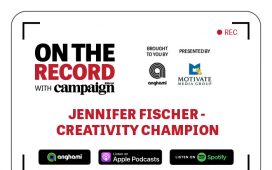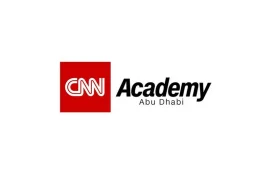At this point in time, Iran is standing at the gates of change; a change that, regardless of the intricacies of lifted sanctions or continued restrictions, promises the emergence of a different period in the history of the Middle East.
Two sides of the sanction coin
First of all, the long-term sanctions in Iran must be considered. On one hand, the various sanctions have caused Iran problems, limited access to knowledge and technology – effectively stunting the nation’s international trade and prospects. However, the sanctions have also strengthened the conviction of the Iranian people of their own abilities. In sanction conditions, to meet various needs, Iranians had to rely solely on their internal capabilities and, in some cases, re-invent the wheel completely. From this perspective, although Iran was isolated from international relations, through their own perseverance they have remained only one or two steps behind the international community. Iran has managed to maintain its growth and development from within.
Improving the economic situation
When the proposed sanctions are lifted, the global economy and community will be welcoming Iran back into the fold bearing in mind it is the second largest economy in the Middle East. As a result of steps being taken to solve the international conflicts of Iran and the economic planning of the government, we are already seeing signs of improvements to economic conditions, even before the implementation of a nuclear agreement. Inflation has fallen from 42 per cent to around 15 per cent in the last few years with a predicted further decrease of four percent next year. With a lift in the economy, people immediately have greater financial freedom. This creates opportunity for global brands to enter a market where consumers will expect a full range of products and services to help them achieve a new way of life.
The population of Iran, the most valuable regional market
The composition of the Iranian population cannot be ignored. Iran, with a population of about 78 million, is the largest market in the Middle East and one that the international community has been deprived of interaction with. The consumer base is young, well-educated and liberal and more than half of houses have internet access. Western-style grocery stores and shopping malls have been gaining popularity over the last decade and iconic brands such as Coca-Cola and Pepsi have prospered in Iran for years with many other fast-moving comsumer goods companies keen to tap into its per capita income of $15,610.
Reconstruction of infrastructure, infrastructure of market development
Despite many exciting prospects for the future, Iran is still behind the global market in several industries. The lifting of sanctions will not only increase societal consumption, it will change the nature of consumption entirely. Reconstruction of industrial infrastructure will create huge opportunity for global players. One sector that will be the first back into the country is the automotiveindustry because it is Iran’s biggest non-oil sector and accounts for nearly 10 per cent of the country’s GDP. By developing infrastructure and modernising the country, consumers’ habits and consumption will change and develop the market at a much faster rate.
Iranian culture: the biggest challenge for global brands
As an early adopter, we are in an excellent position to capitalise on the Iranian market’s undoubted potential. Recent events have highlighted a renewed willingness to resolve indifference diplomatically, which is coupled by a commitment to progress businesses and economies regardless of tension.
However, we do face some challenges within the Iranian market. Firstly, there is the uncertainty regarding when parameters will be lifted and if they will allow for full trade to go ahead. For the time being, big US players remain precluded from doing business in the country.
Secondly, international agencies and brands are subject to large advertising taxes that are not comparable to what local players are paying. A 10-second TV spot, for example, will cost an international brand 2.5 times what a local brand will be paying. All advertising is also subject to government control and must be approved by the religious administration of advertising. Thismeans that global or even regional campaigns potentially cannot be applied in Iran and agencies need to be creative and produce locally-relevant communications.
What the future holds
Education is key to success in the Iranian market. Integrated planning, supported by insights and strategy, is something new to the market that is used to simply investing heavily in TV and billboards. It is our job to provide the right tools, research and people to help brands build a coherent strategy which defines clear messages and focuses on the consumers’ experience.
Telecom and banks are the highest-investing brands in media in Iran. They represent large revenues and adopt a long-term relationship strategy. While Iran certainly faces numerous challenges,we are building an agency that has the right tools, insights and people to help brands realise the previously untapped potential of 80 million consumers.
Behnam Karami is managing director of Carat-ICA in Iran








